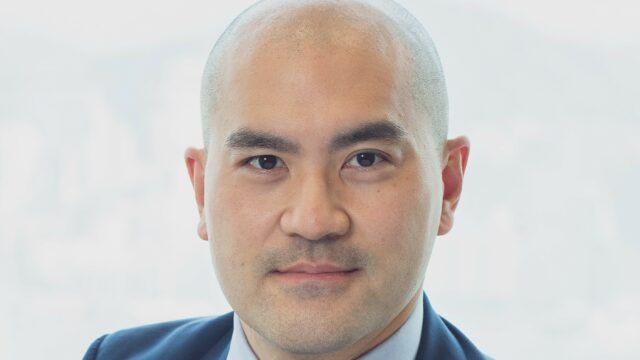Zandrew Liu, Deutsche International Private Bank
Deutsche International Private Bank (IPB) is offering its income-focused clients in Asia and Europe four strategic income allocation (SIA) funds to complement its strategic asset allocation (SAA) funds launched a year ago.
The new funds aim to provide diversified income sources by investing in ETFs linked to fixed income, global equity, listed real estate and infrastructure indices, as well as using options for yield enhancement.
“With the recent volatility and headlines in Asian fixed income markets, our Apac clients have become apprehensive to risks associated with traditional income sources,” said Zandrew Liu, Apac head of offering management at Deutsche IPB.
The SIA funds try to generate income distributions while at the same time benefitting from Deutsche Bank’s so-called “plus” downside risk management framework. “Our SIA is built through a team-based, process-driven approach with investment decisions regularly examined through a monthly investment committee,” Liu told FSA.
“The interconnected cogs of our dedicated specialist teams, work together to provide the best-in-class portfolio management expertise to our clients,” he added.
Portfolio composition
The vehicles are “effectively four different portfolios”, comprising US dollar- and Euro-denominated “conservative plus” and “balanced plus” funds.
The conservative portfolios can take between zero and 60% weightings to “asset classes with higher risk”, and the balanced portfolios’ allocations are between 30% and 80%. The former can have 100% exposure to cash and fixed income, but the latter can take only up to 70%. All the funds can allocate up to 15% to alternative investments.
The indicative distribution target yield for the conservative and balanced portfolios is 2% and 4%, respectively, according to Liu.
“Our Apac clients can now access a fund format, income solution beyond conventional income sources, which provides the opportunity to benefits from a broad-based, multi-asset diversification and our proprietary risk-return engineering strategy,” he said.
In addition, “with the evolving investment universes in the ESG landscape, the banks has made a concerted effort in providing the best-in-class sustainable solutions for our clients and their future generations,” said Liu.

















